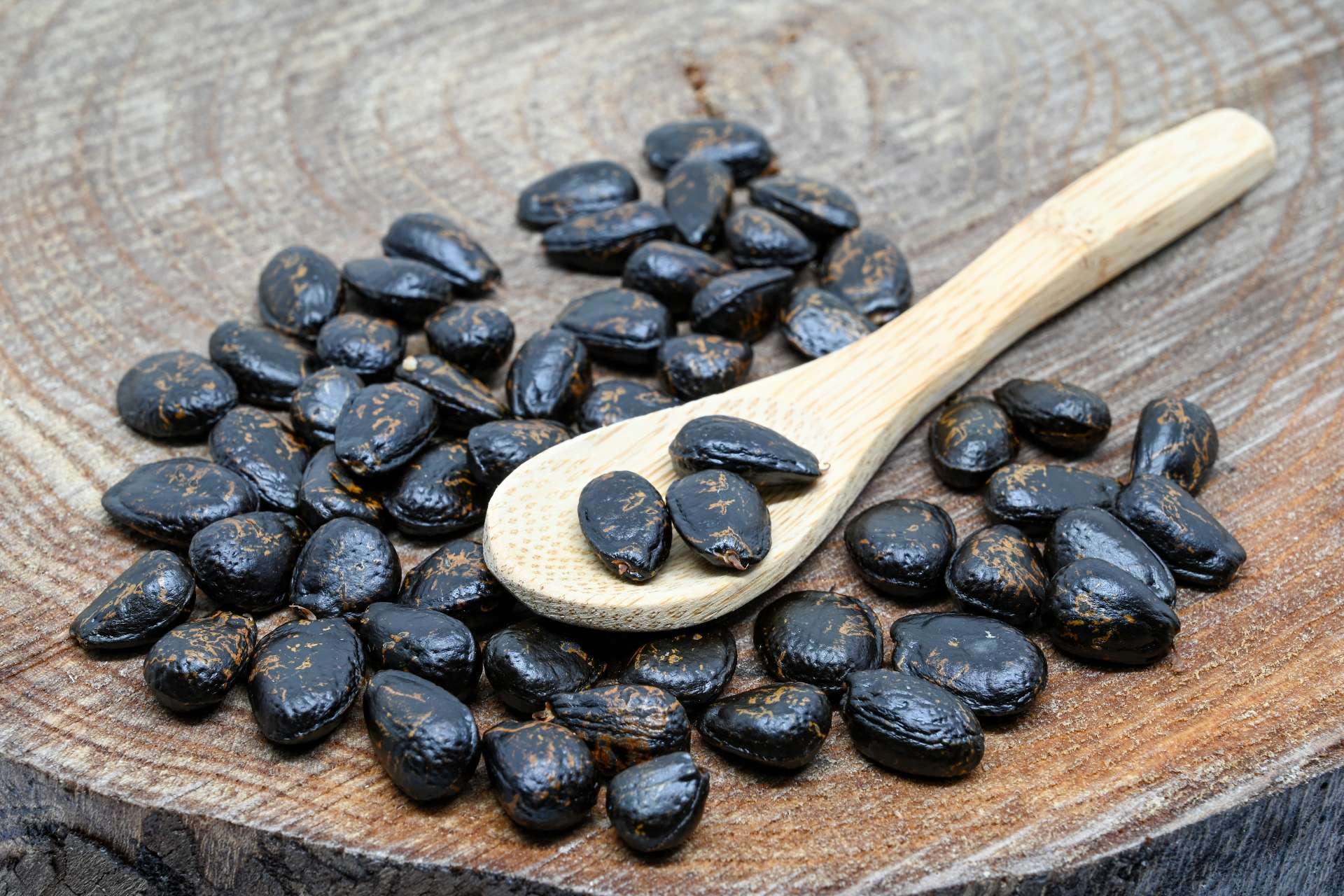High in antioxidants
Cherimoya is packed with antioxidants that fight free radicals in your body. Free radicals can lead to oxidative stress, which is linked to many chronic diseases, including cancer and heart disease. Cherimoya contains potent antioxidant compounds.
May improve your mood
Cherimoya has a high content of vitamin B6, which plays an essential role in the production of neurotransmitters serotonin and dopamine, which are involved in mood regulation. Inadequate levels of B6 may contribute to mood disorders and depression. Boosting your body's vitamin B6 levels with foods such as cherimoya may help reduce your risk of depression caused by a vitamin B6 deficiency.
May benefit eye health
Cherimoya is rich in the antioxidant lutein, which protects your eyes against free radicals. Studies have linked high lutein intake with good eye health and a reduced risk of age-related macular degeneration, which causes vision loss. Lutein may also protect against cataracts, which is a clouding of the eye that causes poor vision. Therefore, eating lutein-rich foods such as cherimoya may help maintain eye health.
May prevent high blood pressure
Cherimoya is rich in nutrients that help regulate blood pressure, such as potassium and magnesium. One cup (160 grams) of the fruit provides 10% of the RDI for potassium and 6% of the RDI for magnesium. Both potassium and magnesium help dilate blood vessels, which in turn lowers blood pressure.
May promote digestive health
One cup (160 grams) of cherimoya contains 5 grams of dietary fibre, which is over 17% of the RDI. Soluble fibres nourish the good bacteria in your gut. By providing nutrition to gut bacteria, cherimoya promotes a healthy digestive system.
May have cancer-fighting properties
Cherimoya contains compounds that may help fight cancer. Cherimoya contains flavonoids which have been shown to inhibit cancer cell growth in test-tube studies. However, human studies are needed to determine how the compound found in cherimoya and other fruits may affect cancer cells.
May reduce inflammation
Chronic inflammation increases the risk of many illnesses, including cancer and heart disease. Cherimoya contains several anti-inflammatory compounds.
May boost immunity
Cherimoya is a rich source of vitamin C, which supports immunity by fighting infections and diseases. Vitamin C deficiency can impair immunity and increase infection risks. Consuming cherimoya and vitamin C-rich foods is a great way to keep your immune system strong.
How to eat cherimoya















